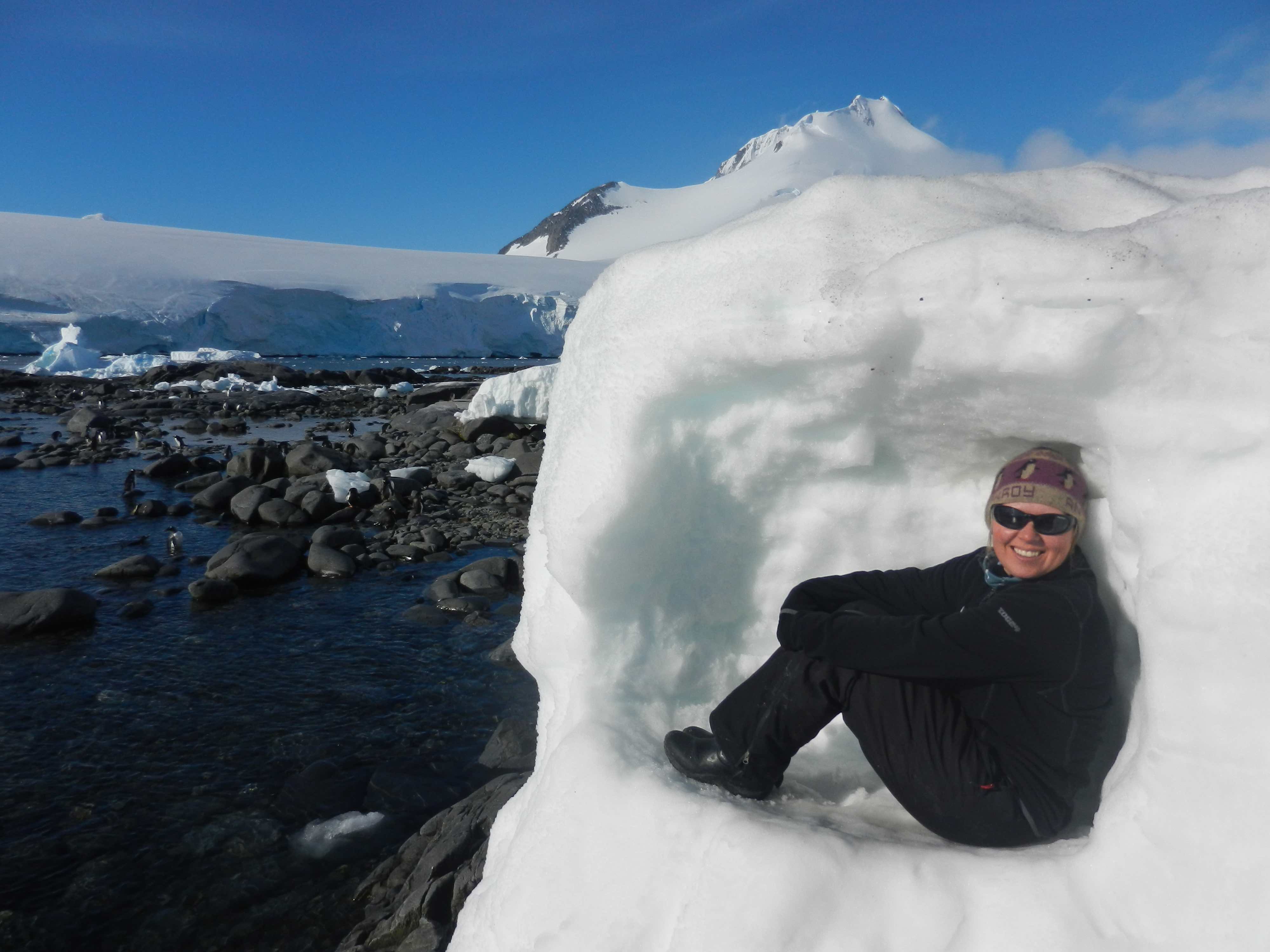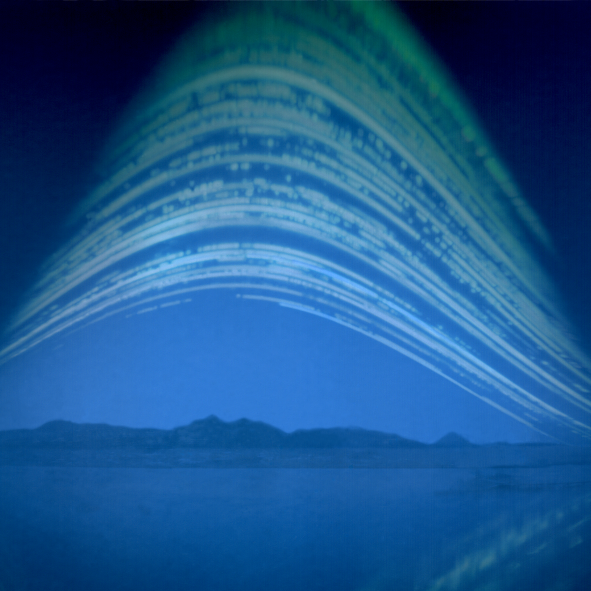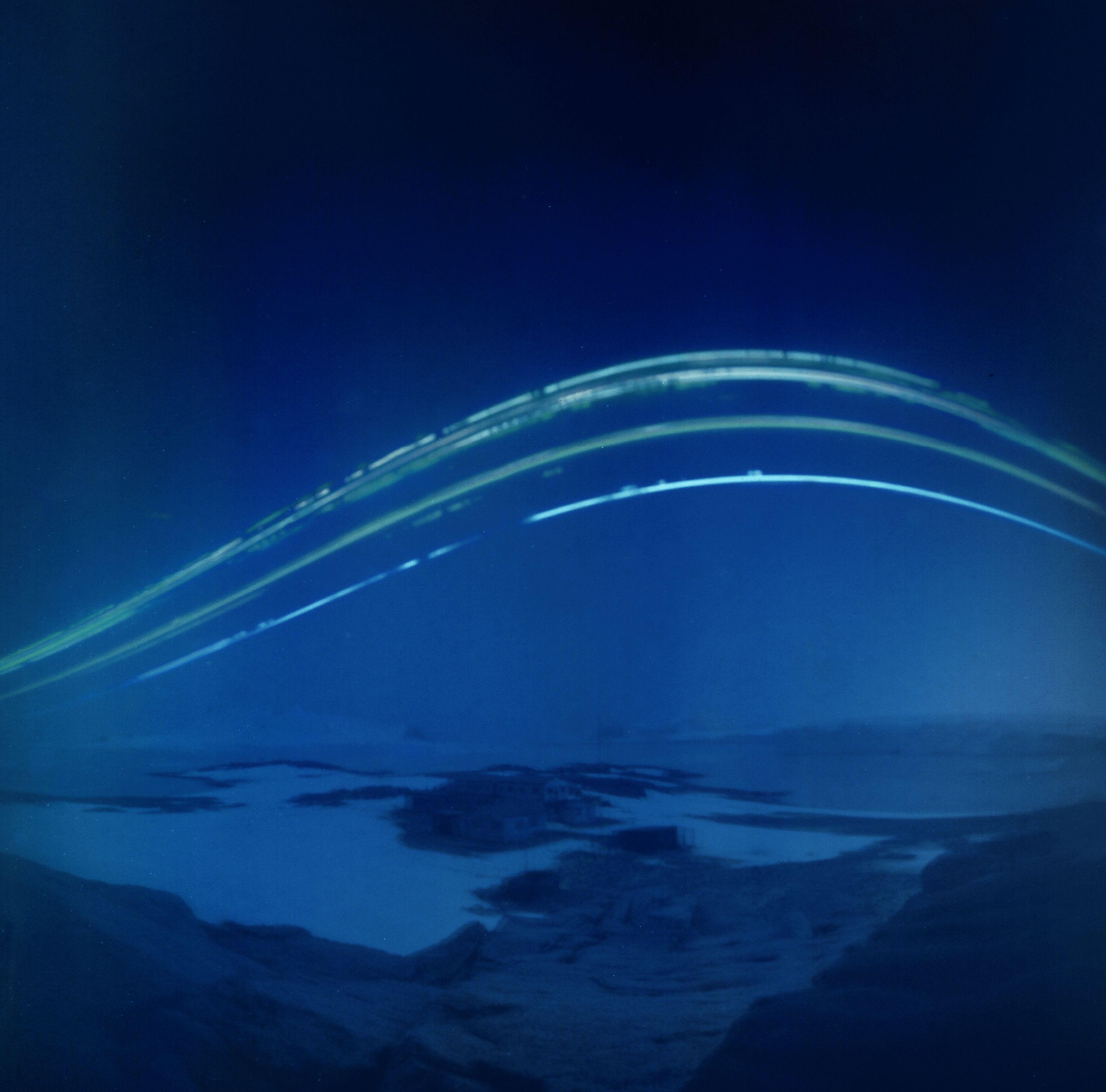For September Polar Week 2019, we are showcasing a selection of artists working across a variety of media and focusing on polar regions in their work, starting with Adele Jackson. Stay tuned for more artist blogs over the week!
 Name: Adele Jackson
Name: Adele Jackson
Webpage: www.adelejackson.org
Twitter: @antarcticartist
Instagram: @adelejackson
Adele is an environmental artist based in New Zealand. She uses a variety of media, including solography, sculpture and poetry to capture the dynamic environmental and cultural landscape of Antarctica.
What medium do you work in? How did you choose that medium?
For me, the choice of medium develops out of the idea behind the artwork. Here are a few examples:
The artwork Message Cylinders is comprised of aluminium containers protecting poems, which are encased in sealed cylindrical glass vessels. The aluminium case is an echo of both early polar exploration message cylinders and the containers used to store ice cores. The sealed glass vessel is a metaphor for both the ice cores and the air bubbles extracted by scientists to analyse past climate conditions. The encased poems speak of global atmospheric circulation over millennia.
In Antarctic Sun Lines, I use pinhole cameras to create long exposure solargraph images. The sun, the tilt and rotation of the Earth, and the polar location are active in creating the artwork. The work explores the dynamics and role that the sun and the Antarctic-driven climate and ocean systems have in supporting live on Earth.
Recently I have been developing ideas for sculptures using cast iron to explore marine ecosystem primary production; and sculptural textiles to explore structures in moss growth.
 How and why did you decide to focus on the polar regions in your work?
How and why did you decide to focus on the polar regions in your work?
I am interested in the environment and human relationships with the natural world. I find Antarctica’s environmental, geopolitical, and cultural connections with the wider world an extremely interesting space and place for critical enquiry.
What polar themes or imagery do you typically focus on?
Exploring interconnections, interdependence, and an Earth systems way of thinking is what motivates me. I am not limited to a particular theme or type of imagery in my work. My interests are broad.
Have you exhibited your artwork in-person or online somewhere recently or have an upcoming exhibition?
The first of a series of Antarctic Sun Lines solar-powered artworks will be displayed at Christchurch Art Gallery / Te Puna o Waiwhetū, Aotearoa / New Zealand from 1st - 6th October 2019 as part of the city’s Antarctic season opening programme. There are plans in development to present a larger exhibition of the Antarctic Sun Lines work at the SCAR / COMNAP 2020 conference in Hobart, Tasmania in July- August 2020.
Do you have any advice for polar scientists and researchers who might like to engage more with using art to share their results and research?
I would encourage scientists, researchers and artists to have conversations, talk about ideas, and explore possibilities to develop collaborative projects. I think we need to create opportunities for meaningful meetings between artists and researchers to develop closer research relationships and collaborations.
 What reactions do you often receive to your art?
What reactions do you often receive to your art?
People have different emotional responses to different artworks. Some artworks such as the The Ice Crystal Library seem to trigger surprise and delight; other work such as Antarctic Sun Lines often triggers curiosity and questions.
What do you think are the biggest challenges facing the polar regions today?
I think people, and the values that underpin political and economic systems are the biggest challenges that the Polar Regions, and the natural world as a whole, face today. In my opinion, exploitation and destruction of the natural world is a direct consequence of the values driving political and economic decisions. Changing values, changing behaviour, and changing political and economic systems are not easily or quickly achieved, these are huge challenges.
Do you have a favourite fellow polar (or nature) artist?
It is impossible to name one favourite. The work of Chris Drury, Anne Noble, and Lucy + Jorge Orta is very insightful and thought provoking. For me their work stands out as some of the most critically engaging and significant Antarctic artwork of the last 20 years.
@ all photos taken by Adele Jackson